Raj Shah: Only a new public-private alliance can fund energy transition
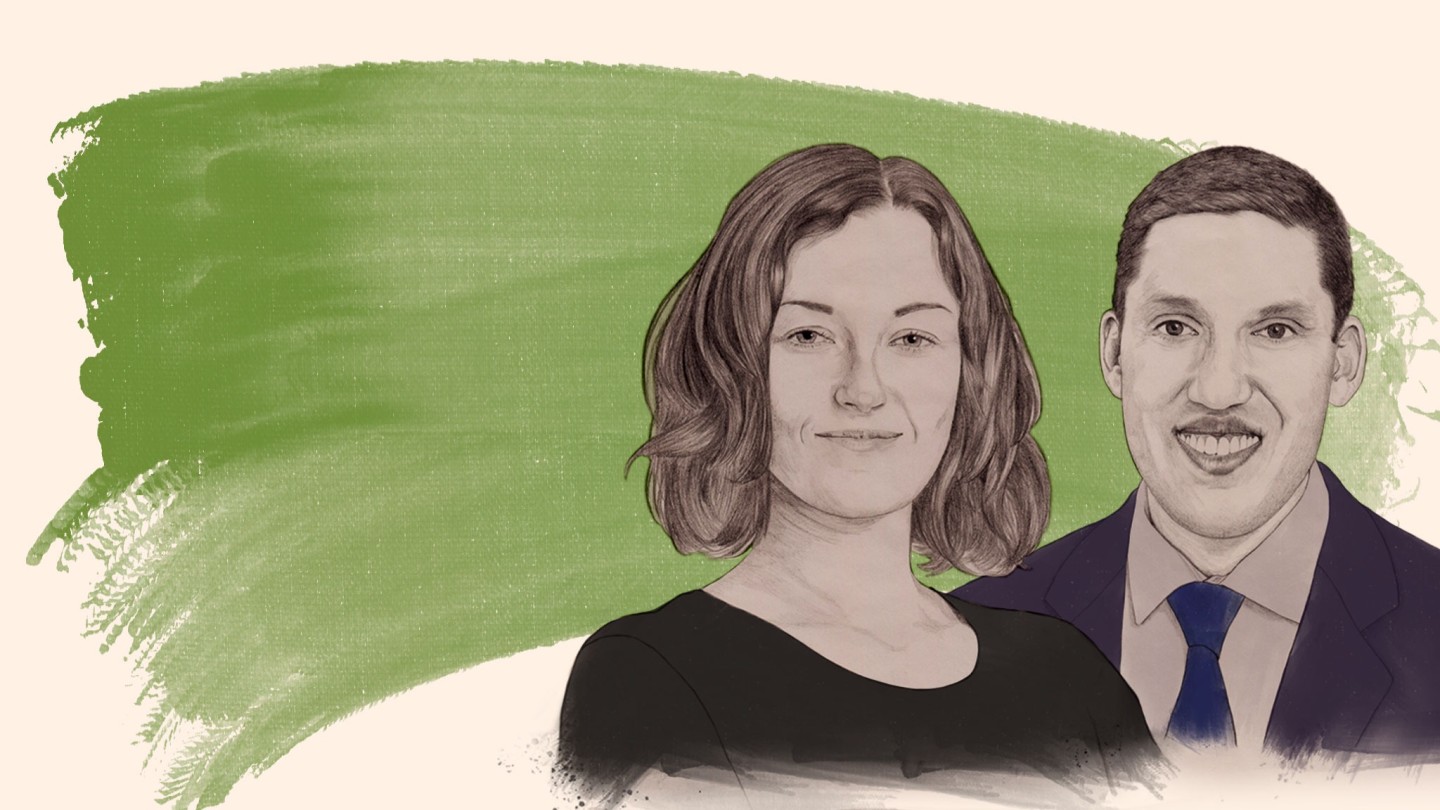
Simply sign up to the Climate change myFT Digest -- delivered directly to your inbox.
In 1913, Standard Oil magnate John D Rockefeller set up the Rockefeller Foundation to apply science to the world’s most challenging problems — in health, energy and food — and improve the wellbeing of humanity.
Some 107 years later, the organisation finally chose to divest its $5bn endowment of fossil fuel investments, and make no new ones, with its president Raj Shah declaring it “time to officially align our internal investment strategy with our external values and mission”.
Then, at the COP26 climate conference in Glasgow in 2021, the foundation committed $500mn, alongside anchor partners Ikea and the Bezos Earth Fund, to create the Global Energy Alliance for People and Planet. This will seek to accelerate investment in green energy transitions, in order to provide 1bn people with reliable, renewable energy; avoid or avert 4bn tonnes of carbon emissions; and create or improve 150mn jobs.
Here, FT climate reporter Aime Williams asks Shah about the progress being made towards climate goals.
Aime Williams: Can we reach the Paris Agreement goal of limiting warming to 1.5 degrees by 2030?
Climate Exchange
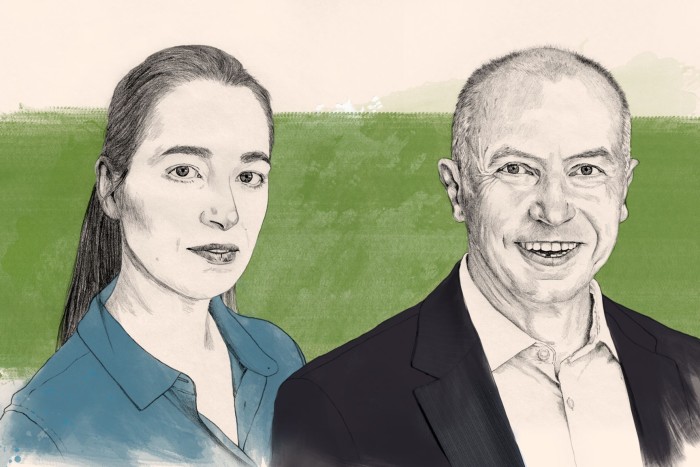
Following the success of our monthly Economists Exchange and Tech Exchange dialogues, the FT has launched Climate Exchange: conversations between FT reporters and the business leaders, innovators and top academics in the fields of sustainability, energy and the environment. The dialogues are in-depth and detailed, focusing on the challenges of tackling climate and changing our energy mix.
Raj Shah: I think we can, but we’re not on that path at all. We need to do things very, very differently to get there and keep 1.5 [degrees] alive as an option for humanity. It literally makes a massive difference in the lives of the world’s 2bn most vulnerable people: coastal populations through Asia; people who depend on food production in the Horn of Africa; [people who face the] consequences of high levels of migration in Central America and North America. So the world we live in is fundamentally very, very different, especially for the most vulnerable 2bn people.
I don’t think we’re on a path to 1.5. I think some of the scenarios that suggest that, because of recent public policy decisions in Europe and the United States, we are somehow automatically going to get there — or get close to there — are inaccurate.
The biggest inaccuracy is the failure to understand that the world’s 2bn-3bn people who live at the bottom of the economic pyramid globally have an aspiration to improve their standard of living — and they will do so consuming whatever energy is available to them. And right now, the energy that is available to them is effectively fossil-fuel based energy: diesel generators; coal fired power plants; heavy fuel oil systems that are deployed for industrial and consumption purposes around the developing world. Those systems are financed often by the Chinese Belt and Road Initiative.
The world is on track to bring on line 120, 130 new gigawatts of coal production. And, of the total renewable deployment last year, well under 1 per cent of it even went to Africa — these are countries that don’t effectively have the same type of access to the frontiers of renewable technology that the United States and Europe do. So, forgetting to account for the human development aspirations of 3bn people is a huge strategic error in the climate math — and the reason why we won’t get anywhere near 1.5 or 1.8 or 2 even [degrees of warming] if we don’t do something very dramatically different.
AW: So how do we solve that puzzle? It sounds like you have a lot of sympathy for the situation that the developing world is in — in terms of needing to be using fossil fuels. But, on the other hand, it sounds like changing that path is how we get to 1.5. The simple answer is more renewable deployment in the developing world. But how does that happen?
RS: Well, there have been times in our history where we’ve looked at the planet and made bold, differentiated leadership commitments to do things differently. Most notably, in the aftermath of World War Two: the West, and the United States, really led an effort to reconstruct western Europe. The Marshall Plan grew into the global development enterprise that then went on to make the commitment that allowing people, even in very poor places, to live in dignity and have hopes and aspiration is in our collective self interest.
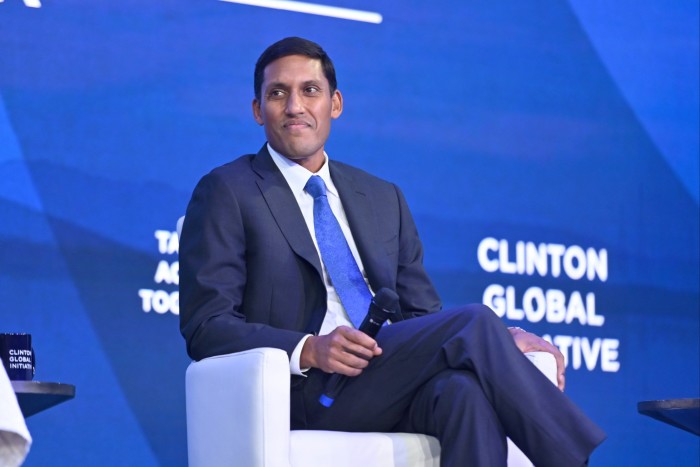
That same observation is true today — but for a different reason. The threat is not communist Russia; the threat is climate change. But the problem is our politics haven’t been up to the task of investing aggressively in changing the energy landscape for 81 energy poor countries, for good. We have a set of ideas on how to do that, but it starts with a different kind of global leadership and a different level of commitment to the seriousness of that task.
AW: When you say “our politics”, whose politics are you talking about?
RS: I think populist politics in the industrial world — and, by extension, in large emerging economies — have effectively torn apart the global consensus that came together in 2015 and resulted in the creation of both the Paris Agreement and the commitment to the newly authored Sustainable Development Goals.
Every country in the world effectively voted for those SDGs. And we find ourselves in a position where we’re backtracking against not just the climate goals, but everything else as well.
AW: Lots of people, when thinking about this problem — and the fact that it’s politically difficult for any independent sovereign nation to put up the cash that’s needed to fund the energy transition in the developing world — have alighted upon multilateral lenders and the World Bank in particular, as a big part of the solution. What do you make of that and what do you think that looks like? What do the multilateral development banks need to be doing, that they’re not currently doing?
RS: To understand how to answer that, you have to be clear about what the goal is. We have defined energy poverty as people not having 1,000 kilowatt hours per capita per year, which we think is the threshold at which you are productively part of the global economy and able to have economic uplift and positive hopes and aspirations for your children and your families — and jobs in your communities. But today, 3.6bn people live under the 1,000 kilowatt hours per capita, per year, consumption threshold. By the way, that’s one-twelfth of what we consume here in the United States, and probably one-ninth of what’s consumed in Europe.
So it’s not even suggesting there should be parity — which a lot of people would think, on basic moral grounds, is appropriate. It’s just being hard nosed about saying, if you exclude 3.6bn people from economic growth opportunities, you are not going to have a sustainable global planet.
So, then, the question is, where are they? Well, those 3.6bn people are in 81 countries including India, not really including China. What, then, can you do about it?
The instruments that were created after World War Two to do public sector financing for developing country governments are important. The World Bank is very important. But, in reality, we need a totally different kind of public private partnership. We need to do this in a way that allows countries to come together, access the best and the newest technologies, set their aspirations for what renewable energy can do to lift up their people at a very, very high level of aspiration, and get going with aggressive private sector entrepreneurial activity.
That’s why we created the Global Energy Alliance for People and Planet (GEAPP). I announced that at Glasgow at the COP [climate conference] a year and a half ago. And we announced an $11bn collaboration that included $1.5bn of grant money from ourselves, Ikea, the Bezos Earth fund, and about $10bn in commitments split roughly half and half between the multilateral development banks that you’ve mentioned, as well as the development finance institutions that make more commercially oriented investments and double bottom line projects.
Since then, we’ve seen tremendous progress in India. We’re building 10,000 mini grids that will reach 25mn people and help them cross that threshold. We visited those grids and we can tell you that it’s highly impactful when people have access to electricity. It’s obvious, but you can’t run a carpentry business if you don’t have real electricity or if you’re paying 70 cents a kilowatt hour trying to buy a diesel generator and use diesel power. It just crushes your economy. We can do it now for less than 20 cents a kilowatt hour.
We are doing the same in Zambia. We are rolling out thousands of these [mini grids] in Ethiopia tied to irrigation and cold storage so they can modernise their agriculture and farmers can produce more — and earn more — as a result. In Nigeria, in addition to the mini grids, there are solar rooftop systems and large scale battery storage for the grids. In Nigeria and Malawi and the DRC, we’re putting a plan together with government to build 100 metro grids to reach three and a half million people in larger towns and small cities that don’t have access to electricity.
The truth is: the renewable energy technology frontier is the single greatest opportunity for human uplift that has ever existed for most developing countries.
If you think about it, the dated model of building huge coal plants and connecting it to grids that are run by inefficient and sometimes corrupt public utilities has simply not served the 3.6bn people that I’m referring to very well. This energy technology revolution is a chance to turn that on its head.
The first step is this big public-private alliance, getting countries to have huge aspirations for universal productive electrification; for having everyone in their nation cross that 1,000 kilowatt hour per capita threshold. We are all in on that big bet, doing it in a public-private context.
The second component is the question you asked, which is: ‘What about the public financing for that effort?’ Right now, there are probably 40-plus countries that are teetering on the edge of a debt crisis, because of the cost of food and fuel and the impact of interest rate increases on their fiscal situation. That’s happening at a time when the multilateral banks you described are kind of tapped out from Covid-related lending.
So there has to be a significant reboot of that institutional architecture, and we brought together leaders around the world — the prime minister of Barbados, Mia Mottley, and President Macron [of France], and our prime minister [of Canada] Trudeau were with us a few weeks ago, and Ursula von der Leyen [of the EU]. There’s a movement coming together to really transform that architecture much more aggressively.
I think the first and most pressing task is ensuring that the Global Energy Alliance for People and Planet becomes — like Gavi [the vaccine alliance] and the Global Fund before it — an instrument for collective action that is results oriented, business-like, and transformational for billions of people.
AW: Do you think that the change that this can bring about is of a great enough scale that, even if the multilateral lenders do not get these reforms done, it’ll be OK? Or do we do we still, critically, need the World Bank to do more on climate?
RS: Yes, you still critically need these institutions to do more on climate. That said, the real innovations in how to deploy renewable energy for the purpose of both carbon reduction and human development, and job creation, are not going to come from public financing institutions. They’re coming from the hundreds of entrepreneurs around the world; developers who have new models.
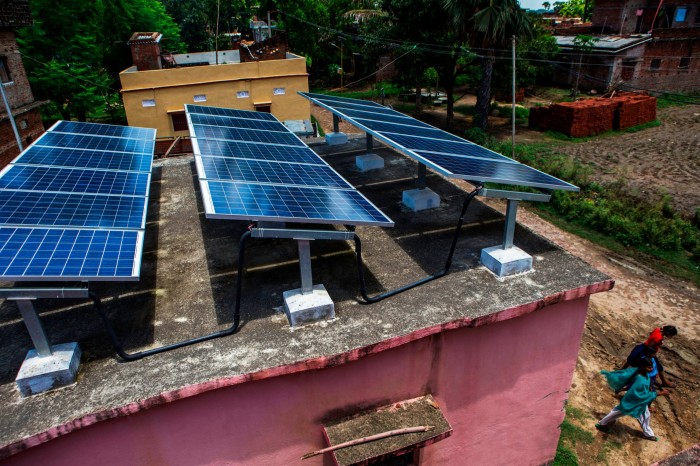
In India, they’re putting together large-scale public procurement for electric buses that can then also serve as battery storage for the grids. And we are designing an effort with the Indian government to, over time, allow its 320mn rooftops to become a source of solar energy generation and then, someday, sell it back to the grid as a source of income for farmers and households that desperately need the opportunity to grow their income.
So, the big, bold, transformational ideas and innovations seem to be coming less from multilateral development banks and more from the private sector entrepreneurs, and public-private partnerships on the ground in these countries. That’s what the Global Energy Alliance is designed to support and expand dramatically.
AW: But do you think there’s enough money in the system without the MDBs involvement?
RS: No, there’s not enough money in the system right now without the MDBs. There’s also not enough money in the system without the reshaping of domestic priorities. If you look over the last 15 years, the largest increments of additional investment for human development have come from domestic resource mobilisation, not from external finance, which is a continually shrinking share of total domestic budgets.
So countries need to continue to mobilise more and then prioritise investment in the energy transition over other things, first and foremost. That’s happening — that’s what the Energy Alliance is set up to enable. We need all hands on deck. So you need the multilaterals. But they’re not the answer.
AW: Could articulate what you see as the role of philanthropic capital?
RS: Philanthropy has to be the bold risk capital that gets behind big bets for humanity; that gets behind the biggest, most innovative ideas that can transform lives for the most people. We’re fortunate that we’re a 110-year-old institution that has been active in most developing nations around the planet for decades and, in some cases, more than a century. So the credibility and the trust and the networks that come from that allow us to have a very significant understanding of what’s innovative where, and how do things work. It allows us to measure results very carefully and to be businesslike in the way we conduct ourselves.
Philanthropy can be the platform that brings together the bold aspirations; that identifies new innovations and solutions; that brings together unlikely partners. You know, when you bring a group of developers together with the president of Zambia and the World Bank and a host of others, you can start to do things that you can’t do when you’re just in a bilateral relationship. We can be the ones who measure results and enable change and call out when things aren’t working. Those are some of the roles for our philanthropy.
AW: Rockefeller has been involved in something akin to a voluntary carbon credit market — this project that John Kerry [US special presidential envoy for climate] is very excited about. I wondered if you could tell me a little bit about your hopes for how that might play out over the next few years.
RS: When we look at the massive financing gap for accelerating the energy transition in developing countries, it is crystal clear that we need every tool and innovation available to fill that financing gap. So, first and foremost, we look to public governments to say: ‘Invest more in these transitions and we’ll help you develop the types of large-scale planning that’s happening in India or Nigeria or Ethiopia or DRC that can change the development path of an entire country by harnessing the true frontier of green energy technology.’ And that’s where some of the additional resource has to come from.
Then, we’ve worked — as you point out — with the multilateral banks that have said, ‘you need to do much, much more, and we want to help you do more . . . ’ and on top of that, we need, you know, other instruments. So carbon credits are one such other instrument. And the [market] you’re referring to, we’re very focused on ensuring it becomes a high-credibility carbon market that helps generate concessional resources for these energy transitions. Then, if we can get concessional resources . . . we believe that can unlock a tremendous wave of private investment both locally and internationally for this energy transition.
But it’s not going to happen with just private investment alone. We’re seeing that right now. When I say that 1 per cent of the world’s renewable deployment is in Africa, it’s obvious that private capital is not going to get this done alone. And public capital is not going to do it alone, either. The needs are too big . . . frankly, the need for commercial models that work require this to be genuinely public-private.
That’s really why we established GEAPP. When we [the Rockefeller Foundation] have taken on huge challenges in the past — transforming public health around the world in a science-based way 100 years ago, or transforming agricultural research and launching a green revolution 50 years ago — it’s always required large-scale public-private collaboration. And, today, GEAPP is an entity that partners with developers and small and medium sized enterprises that are the consumers of electricity off these grid systems all over the world. That focus on the private sector is critical to success.
GEAPP is also our biggest single investment: $500mn into it as a grant.
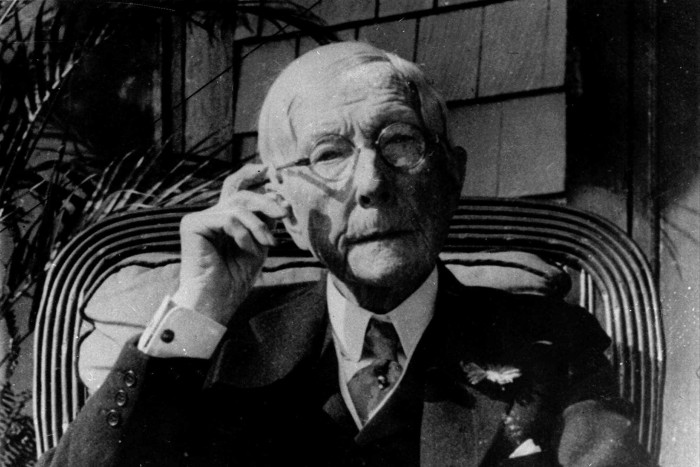
AW: The Rockefeller Foundation, as you pointed out to me, was founded initially using oil money. In 2020, it divested around $5bn of existing fossil fuel interests and said ‘no more of that’. But what are your thoughts on the argument that it is better to stay invested and influence the companies you’re invested in, rather than divest and walk away?
RS: As an endowment, we made the judgment that we wanted to divest, because we felt that was most consistent with our values and our future focus. You couldn’t have a serious focus on aggressive climate change on one hand and be investing in the extraction of fossil fuels on the other. So that was one reason.
The second reason was we did want to set an example and then work with pure organisations that we felt could be more aggressive about taking on a similar role. So we did both of those things.
There is a role for the companies that are associated with the fossil fuel industry — many of which grew out of [John D Rockefeller’s] Standard Oil — in the economic future of the planet. Some of them are doing important large scale, carbon sequestration or green energy programmes. But, in our instance, we don’t have enough capital to be a meaningful influencer of corporate governance at any one of those companies. So for us, the right thing to do is to divest.
AW: That leads me to [the upcoming] COP 28 [climate conference], which has obviously attracted quite a bit of criticism for having oil interests and fossil fuel interests at the helm. Do you think that it is actually good to have such interests having a seat at the table given, as you say, the fossil fuel companies need to play a role in the energy transition? Or are you on the side that says they have no place at a UN conference?
RS: I’m not really able to comment on who’s at what table or room planning X, Y or Z. But what I will say is this: results matter, and we care about results. So what I care about is whether COP 28 is going to generate the locked in commitments and the resources to accelerate the transition. Or are we going to barrel towards two and a half and three degrees warming, which we think is fundamentally a disaster for the world. And, in particular, a life-threatening disaster for the 2-3bn people that are at the bottom of the global economic pyramid.
You can’t make that judgment until after the meeting. But I’m concerned. And I’m concerned because, as you know, in Copenhagen [in 2009] there were commitments made to help aggressively finance energy transitions in emerging economies that have still, to this date, not been fully met. That really undermines a sense of global trust and a sense of global seriousness about the climate fight. So I think the pressure is on to demonstrate that COP 28 is going to produce novel and significant real commitments that accelerate the transition.
The above transcript has been edited for brevity and clarity
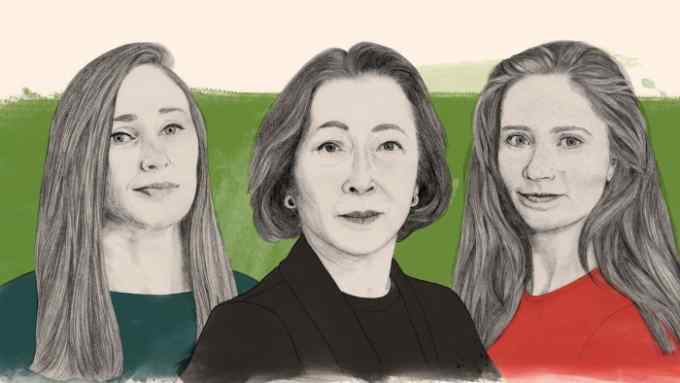
Comments